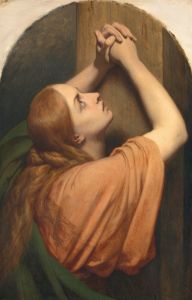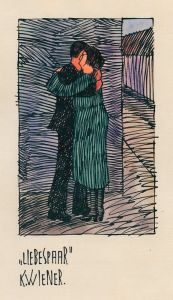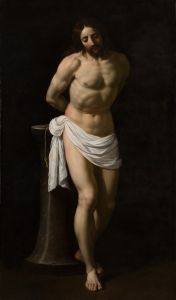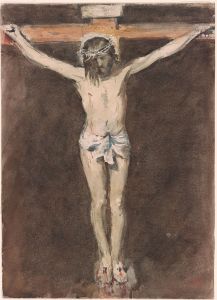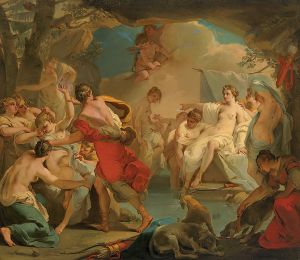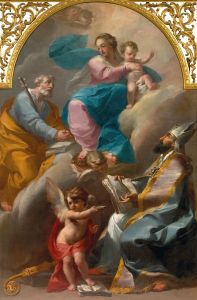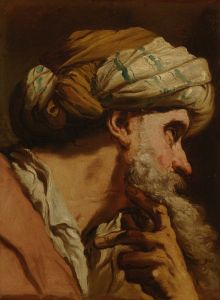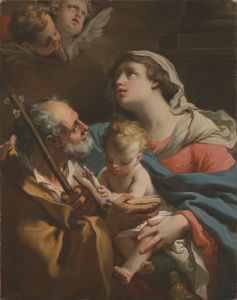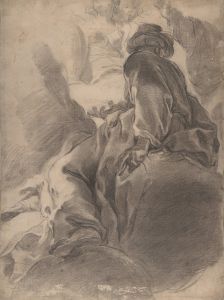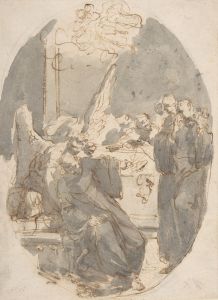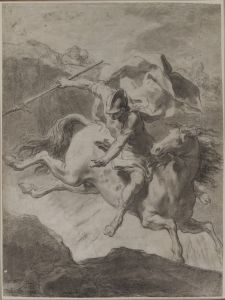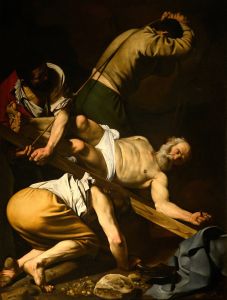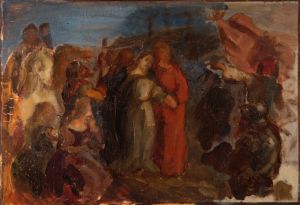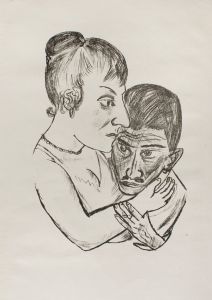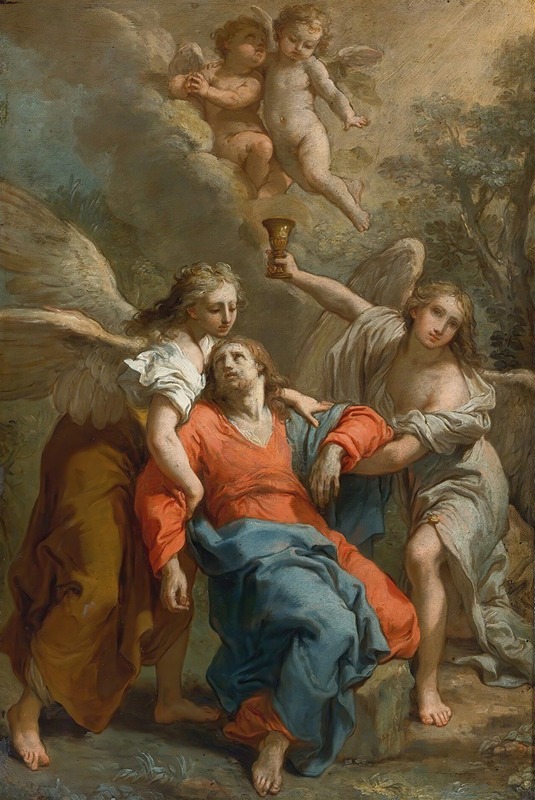
The Agony Of Christ
A hand-painted replica of Gaetano Gandolfi’s masterpiece The Agony Of Christ, meticulously crafted by professional artists to capture the true essence of the original. Each piece is created with museum-quality canvas and rare mineral pigments, carefully painted by experienced artists with delicate brushstrokes and rich, layered colors to perfectly recreate the texture of the original artwork. Unlike machine-printed reproductions, this hand-painted version brings the painting to life, infused with the artist’s emotions and skill in every stroke. Whether for personal collection or home decoration, it instantly elevates the artistic atmosphere of any space.
Gaetano Gandolfi (1734–1802) was an Italian painter and draftsman known for his contributions to the late Baroque and early Neoclassical styles. He was part of the Gandolfi family of artists, which included his brother Ubaldo Gandolfi and his son Mauro Gandolfi, both of whom were also accomplished painters. Gaetano Gandolfi's works are characterized by their dynamic compositions, vibrant colors, and expressive figures.
"The Agony of Christ" is one of Gaetano Gandolfi's notable religious paintings. This work depicts the biblical scene of Jesus Christ in the Garden of Gethsemane, a moment of intense prayer and emotional turmoil before his arrest and crucifixion. The subject of Christ's agony in the garden has been a popular theme in Christian art, capturing the dual nature of Christ's divinity and humanity as he contemplates his impending sacrifice.
Gandolfi's interpretation of this scene is marked by his skillful use of color and light to convey the emotional depth of the moment. The painting likely features Christ in a moment of solitary prayer, with an angel appearing to offer comfort, a common element in depictions of this biblical event. The background may include the sleeping disciples, Peter, James, and John, who, according to the Gospels, were unable to stay awake and keep watch with Jesus.
Gandolfi's style in "The Agony of Christ" would reflect his training and influences from the Bolognese School, known for its emphasis on drawing and classical composition. His work often demonstrates a blend of dramatic intensity and graceful figures, drawing inspiration from earlier masters such as Ludovico Carracci and Guercino.
While specific details about the composition and current location of "The Agony of Christ" by Gaetano Gandolfi are not extensively documented, his religious works are generally appreciated for their emotional expressiveness and technical proficiency. Gandolfi's paintings can be found in various collections, including churches, museums, and private collections, primarily in Italy.
Gaetano Gandolfi's contribution to religious art is significant, as he managed to convey complex theological themes through his mastery of form and color. His works continue to be studied for their artistic merit and their role in the transition from Baroque to Neoclassical art in Italy.
Overall, "The Agony of Christ" exemplifies Gaetano Gandolfi's ability to capture profound spiritual moments with sensitivity and skill, making it a valuable piece within the context of 18th-century Italian religious painting.





